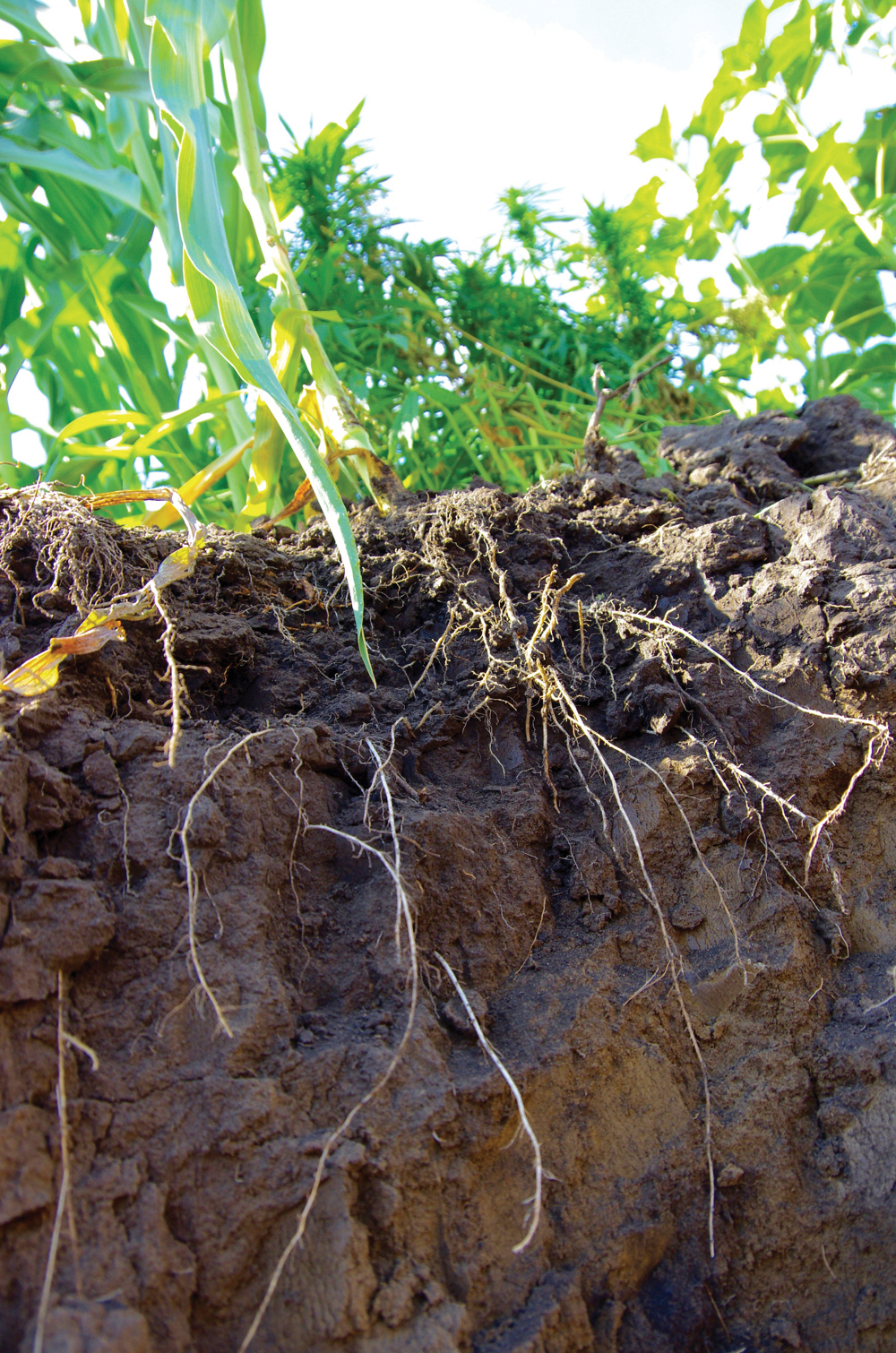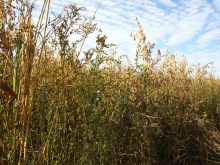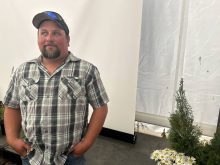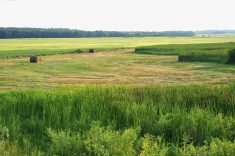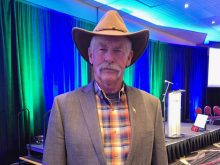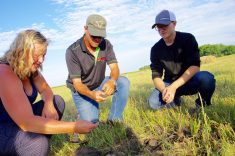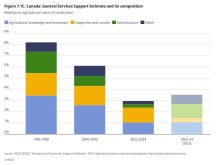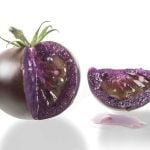As the province rolls out program information about the Sustainable Canadian Agricultural Partnership, reactions are mixed from Manitoba commodity groups.
On April 28, the province announced funding for two new S-CAP programs.
The first, the Sustainable Agriculture Manitoba (SAM) program, provides funding for farmers and land managers to implement beneficial management practices that increase environmental and economic sustainability on farms.
Read Also
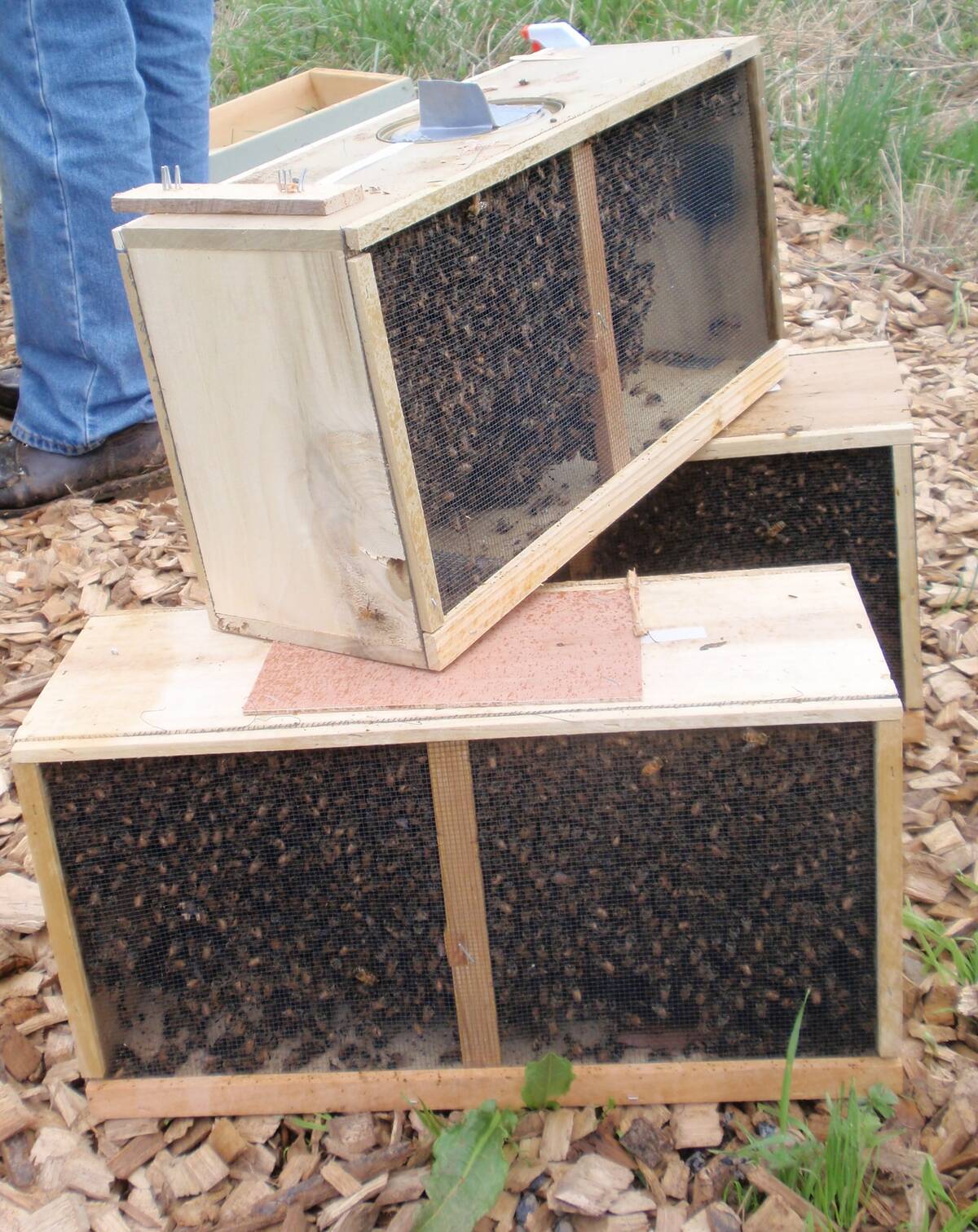
Canadian beekeepers call for regulatory accountability
Beekeepers say the Canadian Food Inspection Agency should restore packaged U.S. bee shipments, claiming the agency isn’t following evidence.
The second is the Resilient Agricultural Landscape Program, or RALP, which supports on-farm practices and projects that enhance the provision of ecological goods and services. The program emphasizes projects meant to sequester carbon and improve sustainability and productivity through grassland management and agroforestry.
The application deadline to get S-CAP funding for this year’s crop is in early June.
Keystone Agricultural Producers president Jill Verwey said she was pleased with the funding announcements and glad that more information about the programs is available.
“We were really impressed with how they’ve laid out the way that they’re going to fund the programs through the different streams,” said Verwey. “The way in which they are going to advance the money through BMPs on farm is the approach that we called for…These programs are a great first step in addressing and rolling out the six areas that have been identified through program streams.”
Those six pillars will form a roadmap for Manitoba’s portion of the five-year funding agreement with the Canadian government. The areas are:
- Climate change and environment
- Market development and trade
- Building sector capacity, growth and competitiveness
- Science, research and innovation
- Resilience and public trust
- Indigenous agriculture and relationship development.
Funding for the two noted programs falls under climate change and environment.
Carson Callum, general manager of the Manitoba Beef Producers, was also pleased to see more information on the funding opportunities, but was circumspect about implementation.
“There are a lot of positives coming out of this S-CAP announcement,” said Callum. “It’s great to see that they’re starting to really flush out the main program details, but we have concerns about the rollout of the program.”
In most other provinces, the funding structure was established and published by the time the agreement came into effect on April 1. In Manitoba, the bulk of the information was only made available to producers in recent weeks.
“I understand some of the reasoning behind the fact that agreements between federal and provincial governments need to be signed before any program details can be announced and applied to producers,” said Callum.
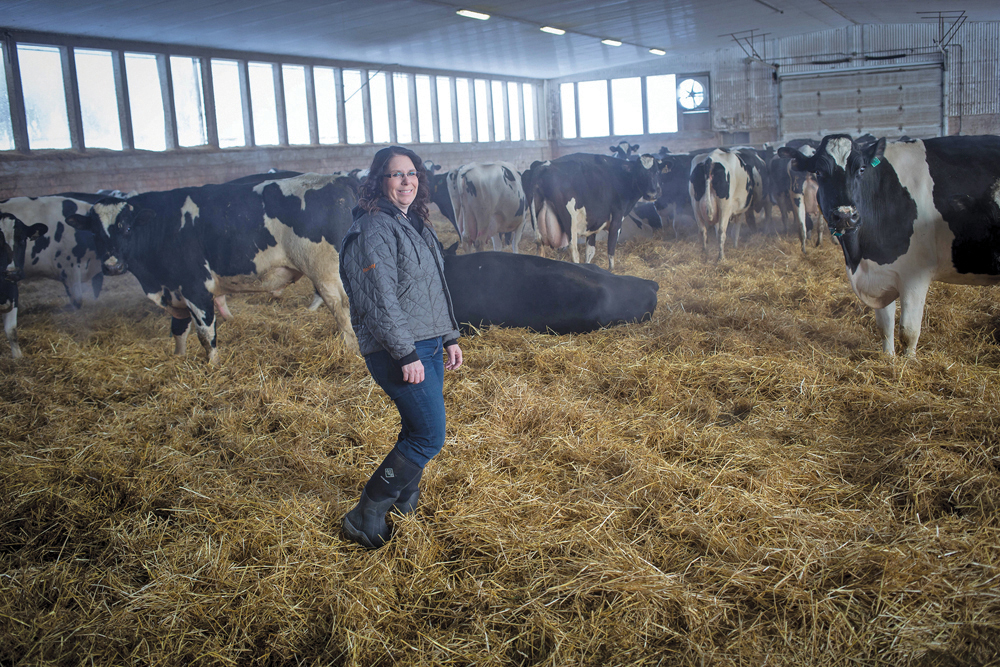
“But because of this delay in program announcement and all the details under SAM and RALP, for example, producers don’t have as much time this year to apply for some of these valuable projects.”
Sustainable Agriculture Manitoba
Eligible SAM applicants are specific to best management practices but may include primary producers, commercial manure applicators and custom pesticide operators.
Supported practices fall under three categories: cropland management, manure and livestock management, and water management.
Best practices under cropland management include reduced tillage intensity, low-disturbance placement of seed and fertilizer, prevention of soil compaction, reduced pesticide use, soil restoration, perennial cover for sensitive lands and hazardous product storage.
Practices under manure and livestock management include enhanced feed efficiency, improved manure application, solid-liquid separation of manure, improved manure transport, in-barn air quality treatment, limitation of thermal stress on livestock and composting.
Under water management, best practices include increased irrigation efficiency, fertigation, sub-surface drainage water management, water quality, run-off control, water-use efficiency and water supply.
The intake for SAM is open. Funding requests will be accepted until June 13.
Resilient Agricultural Landscapes Program
Eligible applicants for RALP include the Association of Manitoba Community Pastures, Indigenous primary producers and communities and primary producers outside of watershed district boundaries.
Funded practices will fall under the headings of agroforestry or grasslands and grazing management.
Eligible practices under agroforestry include establishment and maintenance of shelterbelts or tree buffers for farmyards, livestock facilities and fields. The program also covers tree and shrub planting on marginal or high-risk cropland and silvopasture, or the deliberate integration of trees and grazing livestock on the same land.
Under grasslands and grazing management, supported projects will include consulting a professional to create a grazing plan, taking forage rest and recovery, stocking rates, paddock rotation and placement of water infrastructure into account.
It will also cover infrastructure such as cross-fencing and off-site watering for tame pasture and native grasslands and rejuvenation, in which marginal or high-risk cropland is either converted to grassland or, in the case of pasture and hay, persistent nitrogen-fixing perennial legumes like alfalfa are increased to at least 30 per cent of the cover.
The intake for RALP closes June 12.
A chance for cattle
RALP funding was of particular interest to the Manitoba Beef Producers, and Callum said he was pleased with what he has seen so far.
“Some of the announcements under RALP show some positive signals in recognizing the importance of grassland habitats and the importance of improving and maintaining that habitat.”
However, he is concerned about program delivery through watershed districts.
“The concern that we have as an organization is with inconsistencies in program offerings,” he said. “There’s some work that needs to be done, both from the provincial government and watersheds and from input from industry, to ensure that there’s a consistent offering of beneficial projects that producers can access.”
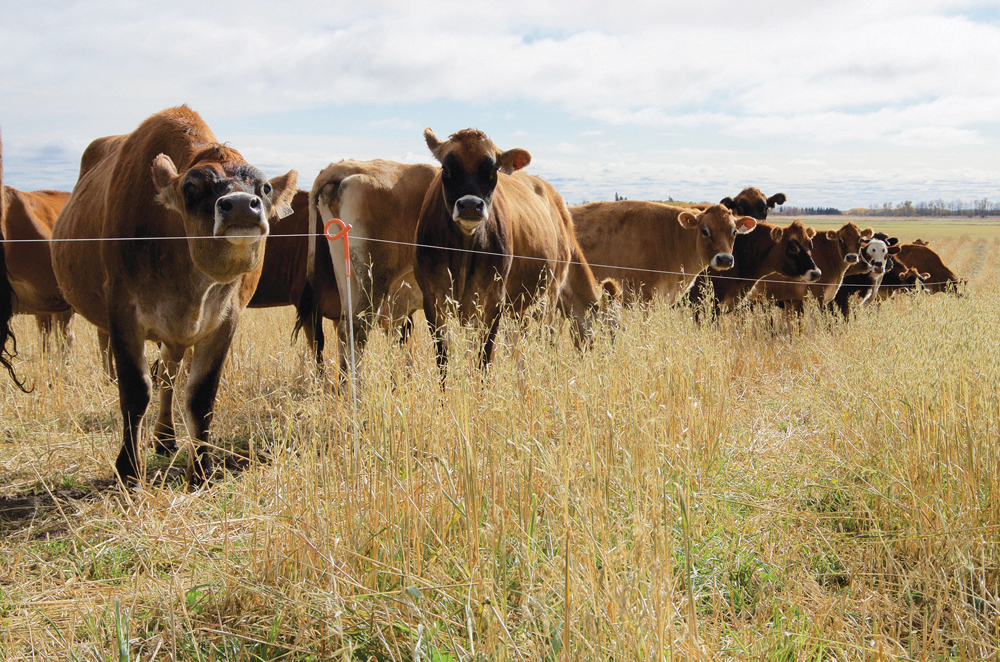
Callum said one watershed might have different priorities than another and that might affect distribution of funds.
“Watersheds do a lot of great work. We just want to ensure that there is consistency for our producers and that they’re able to access support for these various projects.”
Callum said he encourages his organization’s members to contact their local watershed to learn more about RALP offerings.
“We want to ensure that these dollars are utilized to the best of their ability,” he said.
S-CAP will cover $3.5 billion in ag funding over its five years, including $221 million in Manitoba.
More detailed information about available S-CAP programs can be found at gov.mb.ca/scap/.


